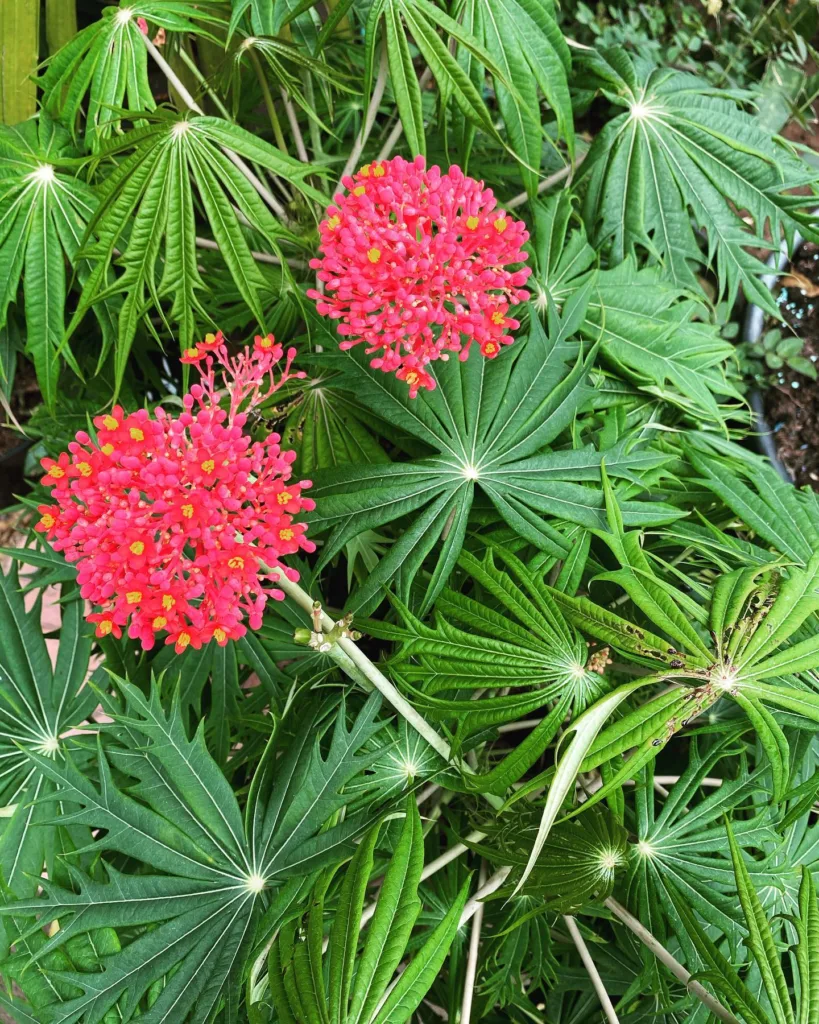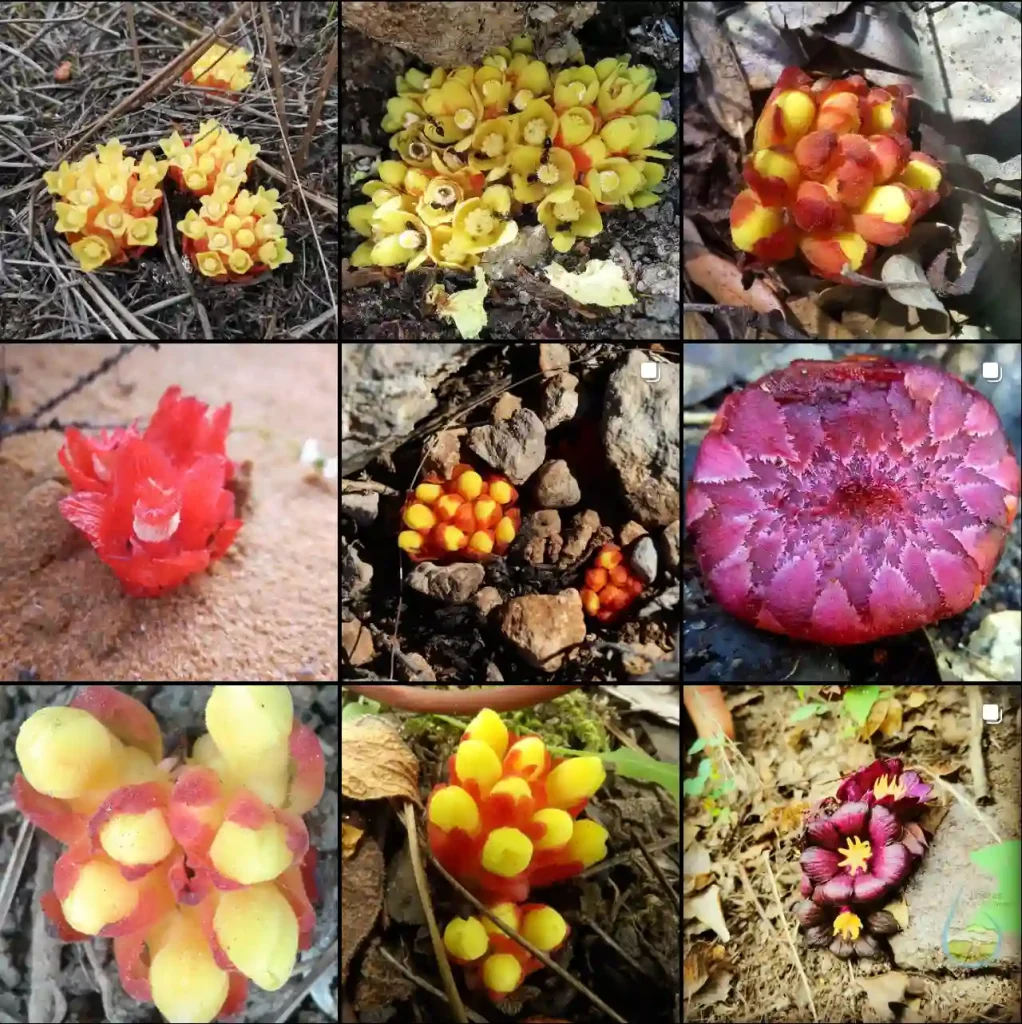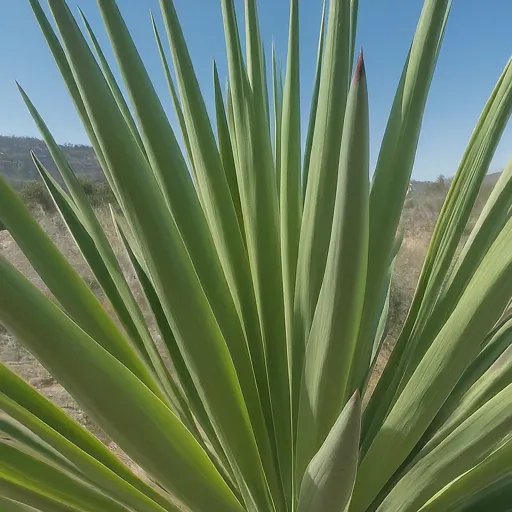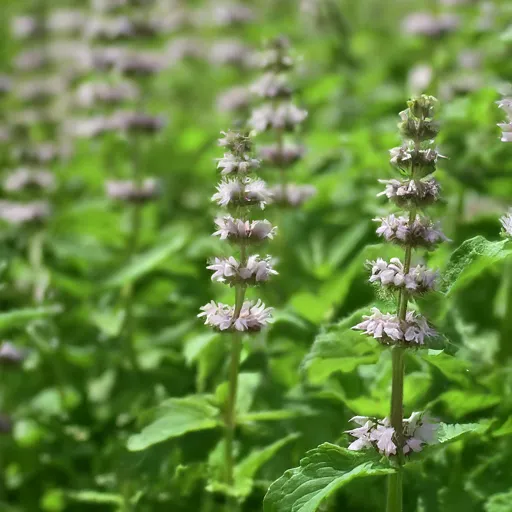Corydalis Flavula: A Comprehensive Guide
I’ve been growing Corydalis Flavula for a while now, and it’s become one of my favorite plants. This charming perennial offers a burst of bright yellow blooms that can really light up a garden. If you’re considering adding Corydalis Flavula to your collection, you probably have some questions. Here’s a comprehensive FAQ to help you get started.
543 Species in Genus Corydalis
What is Corydalis Flavula?
Corydalis Flavula, commonly known as Yellow Corydalis, is a perennial plant native to the mountainous regions of China. It’s admired for its delicate, yellow, tubular flowers that appear in spring and early summer. The plant typically grows to about 8-12 inches in height and spreads out to about 12 inches wide. Its foliage is fern-like and provides a nice contrast to the bright flowers.
How to Care for Corydalis Flavula?
Corydalis Flavula is relatively low-maintenance, but it does have specific needs:
- Light: This plant thrives in partial to full shade. In my garden, it seems to do best under the dappled light of taller plants or in a shaded area where it’s protected from the harsh midday sun.
- Soil: Corydalis Flavula prefers well-draining soil that is rich in organic matter. I use a mix of garden soil, compost, and a bit of sand to ensure good drainage. The soil should be slightly acidic to neutral.
- Watering: Keep the soil consistently moist but not soggy. I water mine regularly, especially during dry spells, but I make sure the soil is well-drained to prevent root rot.
- Temperature: This plant is hardy in USDA zones 5 to 9. It can handle light frost, but extreme cold temperatures may require some protection.
How to Propagate Corydalis Flavula?
Propagation is fairly straightforward:
- Seeds: You can start Corydalis Flavula from seeds. Sow the seeds in late winter or early spring, either indoors or directly in the garden. The seeds need light to germinate, so just press them lightly into the soil and keep them moist.
- Divisions: Another method is to divide the plant in early spring or fall. Gently lift the plant, separate the clumps, and replant them in well-prepared soil. This is a good way to increase your plant stock and rejuvenate older plants.
What to Plant with Corydalis Flavula?
Corydalis Flavula pairs beautifully with several other plants:
- Hostas: Their large, lush leaves complement the delicate foliage of Corydalis Flavula. Plus, Hostas do well in the same shady conditions.
- Bleeding Heart (Dicentra spectabilis): The soft pink flowers of Bleeding Heart create a lovely contrast with the bright yellow of Corydalis Flavula.
- Ferns: Ferns add a lush, green backdrop that enhances the visual appeal of Corydalis Flavula’s bright blooms.
Benefits of Corydalis Flavula
Having Corydalis Flavula in your garden offers several benefits:
- Aesthetic Appeal: The bright yellow flowers add a cheerful splash of color to shaded areas.
- Attracts Pollinators: Bees and butterflies are drawn to the tubular flowers, which can help increase the biodiversity of your garden.
- Low Maintenance: Once established, Corydalis Flavula requires minimal care, making it a great choice for busy gardeners.
Is Corydalis Flavula Toxic?
Corydalis Flavula is not known to be toxic to humans or pets. However, as with many plants, it’s a good idea to keep an eye on curious pets or children who might ingest parts of the plant. While it’s generally safe, it’s always wise to handle any plant with care.
Common Problems with Corydalis Flavula
While Corydalis Flavula is relatively trouble-free, it can encounter a few issues:
- Root Rot: This can occur if the plant is in soil that does not drain well. Make sure to provide well-draining soil and avoid overwatering.
- Pests: Occasionally, aphids or slugs might be a problem. I’ve found that a simple spray of insecticidal soap or a sprinkle of diatomaceous earth can help manage these pests.
Comparison with Similar Plants
You might also come across plants that resemble Corydalis Flavula, such as:
- Corydalis Solida: This species also has colorful blooms but tends to be more vibrant and comes in a range of colors, including pink and blue.
- Corydalis Elata: Similar in growth habit but generally larger and with different flower colors, this plant can also be a good companion in a shade garden.
In summary, Corydalis Flavula is a fantastic addition to shaded garden areas, offering bright, cheerful blooms with minimal fuss. Whether you’re a seasoned gardener or just starting out, this plant can add a delightful splash of yellow to your garden. If you have any other questions or need further advice, feel free to reach out—I’m always happy to share more about my experiences with this wonderful plant!
If i die, water my plants!



